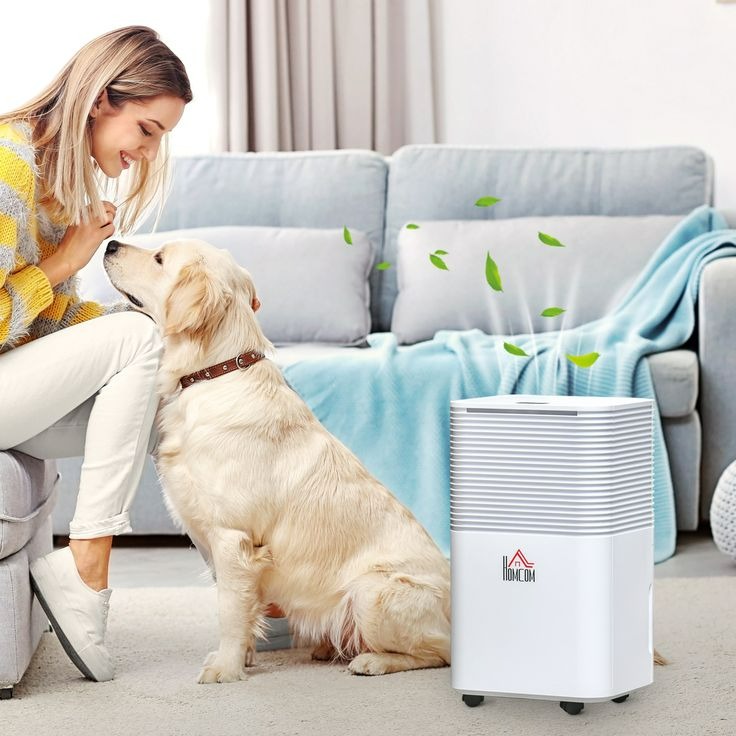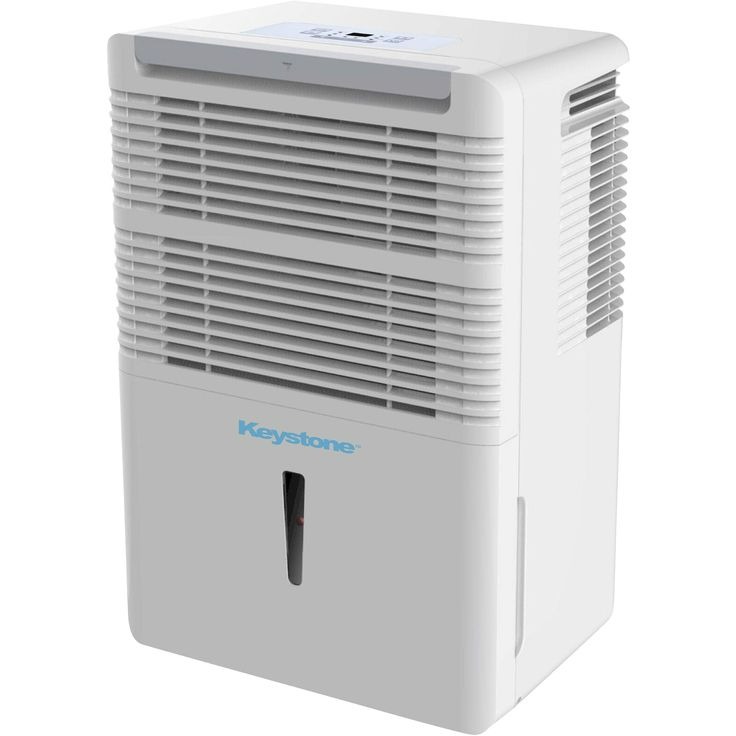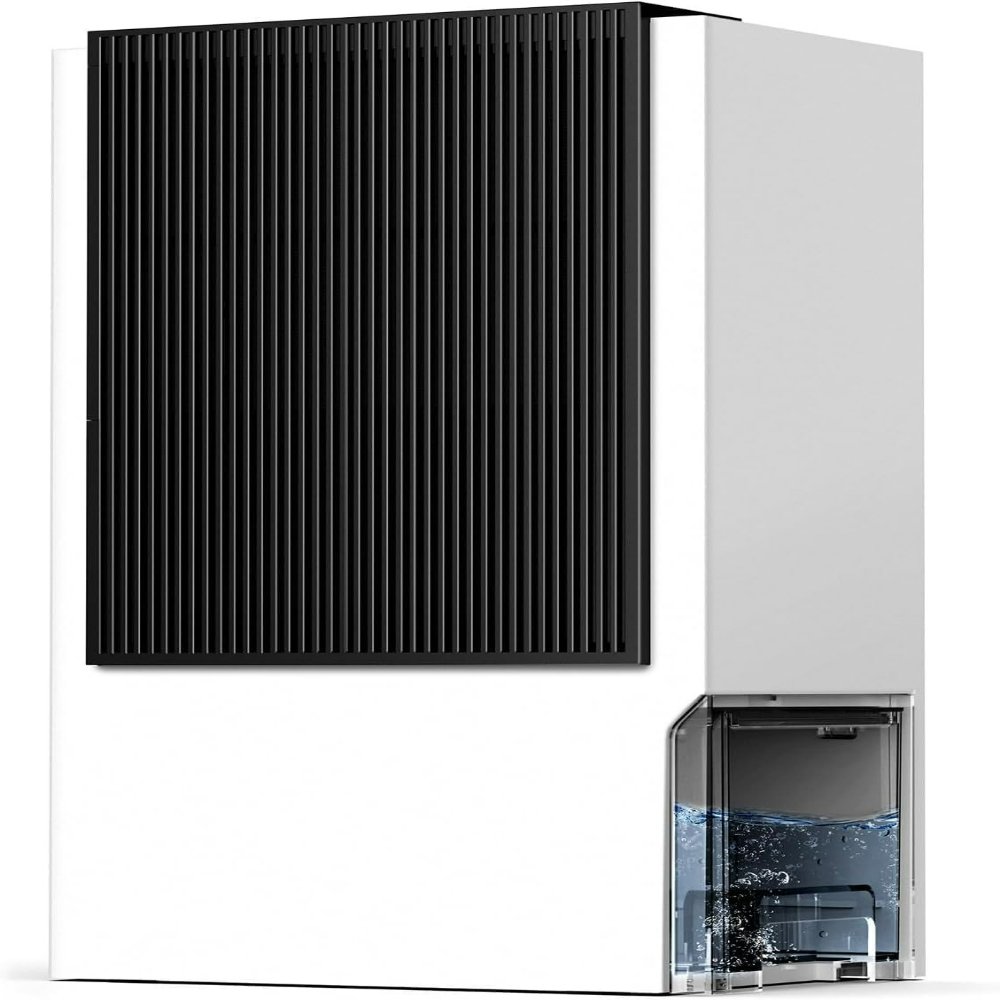What Is a Desiccant Dehumidifier?
A desiccant dehumidifier is a device that reduces humidity by absorbing moisture from the air. It uses a desiccant material, which can naturally attract and hold water vapor. Unlike traditional dehumidifiers, it does not rely on cooling the air to remove moisture. Instead, the desiccant dehumidifier can work effectively in a wide range of temperatures and humidity levels. This makes it versatile for many situations. It is also more effective in colder environments where refrigerative dehumidifiers are less efficient.
In essence, a desiccant dehumidifier ensures dry air by incorporating a moisture-absorbing substance. This type of dehumidifier is particularly useful in settings that require a low humidity level for processes, storage, or comfort.

Types of Desiccant Dehumidifiers
Desiccant dehumidifiers come in various types to meet different needs. Each type uses a distinct method to capture and remove moisture.
Solid Desiccant Dehumidifiers
Solid desiccant dehumidifiers contain a desiccant material in solid form, such as silica gel or molecular sieve. They work by passing air over the desiccant material where moisture is absorbed. One main advantage of solid desiccant dehumidifiers is their durability and low maintenance requirement. They are commonly used in industrial environments and places where a consistent low humidity level is crucial, such as archival storage rooms.
Liquid Desiccant Dehumidifiers
Liquid desiccant dehumidifiers use a liquid desiccant solution, typically made from materials like lithium chloride or calcium chloride, to absorb moisture from the air. The air is exposed to the liquid desiccant, which binds the water vapor, and the humidity-laden solution is then regenerated for continuous operation. These systems are highly efficient and particularly suited for situations requiring precise control over humidity, like in food processing or pharmaceuticals manufacturing.
How Desiccant Dehumidifiers Work
A desiccant dehumidifier uses a simple yet effective process to reduce moisture. The process begins with the fan pulling damp air into the unit. The moist air then passes over the desiccant material, whether solid or liquid. As air flows over the desiccant, moisture adheres to it, drying the air. In solid desiccant dehumidifiers, this material is often a wheel which rotates slowly. It absorbs water on one side while regenerating (drying out) on the other, usually with a warm air stream. Liquid desiccant systems have a solution that absorbs water vapor and then cycles it through a regenerating process. Heat is applied to the solution to release captured moisture, and then the desiccant re-circulates to collect more water from the air.
In both cases, the dehumidifier continually dries the air that cycles through it. A desiccant dehumidifier is thus able to maintain desired humidity levels very effectively. Since these dehumidifiers do not rely on cold temperatures to condense water, they perform well in a wide range of climates. This versatile operation makes desiccant dehumidifiers suitable for many environments and applications.

Benefits of Using Desiccant Dehumidifiers
Desiccant dehumidifiers offer several advantages for controlling moisture. Here are the top benefits:
Energy Efficiency: They work well in varied temperatures. This flexibility can lead to energy savings.
Effective in Cold Climates: Unlike traditional systems, desiccant dehumidifiers perform well in colder settings. They are ideal for chilly areas where others fail.
Low Maintenance: These units often require less upkeep. Fewer parts are prone to wear or malfunction.
Operational Continuity: A desiccant dehumidifier provides constant dehumidification. It does not cycle on and off like compressor-based units.
Silent Operation: Most models run quietly. They are well-suited for spaces where noise is a concern.
Air Quality Improvement: By removing moisture, they reduce mold and allergens in the air. They create a healthier environment.
Versatile Applications: These dehumidifiers serve well in various industries. They adapt to different needs and settings.
Incorporating these benefits can ease the selection process for your dehumidification needs. Aligning key advantages with your priorities ensures you get the most from a desiccant dehumidifier.
Key Considerations When Choosing a Desiccant Dehumidifier
When selecting a desiccant dehumidifier, it’s essential to make an informed choice. Here are several key points to take into account to ensure you land a unit best suited to your needs:
- Performance in Various Climates: Assess if the dehumidifier can perform under the specific temperature range of your environment. Desiccant dehumidifiers excel in diverse climates which is a significant factor for consideration.
- Humidity Level Requirements: Determine the exact humidity levels needed for your space. Certain tasks demand precise humidity control which desiccant dehumidifiers are capable of providing.
- Size and Capacity: Choose a desiccant dehumidifier that can handle the volume of air in your area. Consider the size of your space and how quickly the device can cycle the air.
- Energy Consumption: Check the energy efficiency of various models. A higher efficiency means lower running costs over time. Desiccant dehumidifiers often offer energy savings.
- Operational Noise: Since desiccant dehumidifiers usually operate quietly, ensure the unit you select maintains this characteristic. It’s crucial for places needing a silent environment.
- Maintenance Requirements: Opt for a dehumidifier with low upkeep needs. This can save time and reduce long-term maintenance expenses.
- Cost of Ownership: Consider not just the purchase price, but also the ongoing operating costs. A higher initial cost may mean lower overall expenses due to durability and efficiency.
These considerations help match a desiccant dehumidifier to your specific requirements, providing a tailored solution for your moisture management needs.

Common Applications for Desiccant Dehumidifiers
Desiccant dehumidifiers play a vital role in many industries. They provide essential moisture control. We can see their use in sectors that are sensitive to humidity. Here are some common applications:
- Archival Storage: Precious documents and artifacts need stable conditions. Desiccant dehumidifiers help maintain low humidity. They protect against moisture damage in archives and museums.
- Pharmaceuticals: Drug production requires strict humidity control. Desiccant dehumidifiers ensure a dry manufacturing space. This guards the integrity of sensitive pharmaceuticals.
- Food Processing: Quality food products require controlled environments. Moisture can lead to spoilage and bacteria growth. Desiccant dehumidifiers work to keep humidity levels in check.
- Water Damage Restoration: Floods and leaks add excessive moisture to buildings. Desiccant dehumidifiers are crucial in drying out these spaces. They restore safe and dry conditions.
- Industrial Applications: Manufacturing plants often use desiccant dehumidifiers. They need to prevent corrosion and condensation on machinery.
- Cold Storage and Freezers: To stop frost and ice build-up, low humidity is key. Desiccant dehumidifiers manage moisture even in cold environments.
- Marine and Offshore: Ships and offshore platforms depend on desiccant dehumidifiers. They protect against the corrosive marine environment.
These applications highlight the versatility of desiccant dehumidifiers. They adapt to various moisture control needs. For optimal dehumidification, the right desiccant dehumidifier is essential for these applications.
Maintenance Tips for Desiccant Dehumidifiers
Proper maintenance is key to extending the life of a desiccant dehumidifier. Regular checks and cleanings ensure optimal performance. Follow these tips to keep your desiccant dehumidifier running smoothly:
- Check the Desiccant Material: Inspect the desiccant material regularly. Look for signs of wear or saturation. Replace it if needed.
- Clean the Air Filters: Dust can clog the filters. Clean them often to keep air flowing freely.
- Inspect the Seals: Ensure that all seals are intact. Good seals prevent moisture leaks and keep the system efficient.
- Monitor Performance: Pay attention to changes in dehumidifying power. Drops in performance may signal a need for service.
- Follow Manufacturer Guidelines: Each model has specific instructions. Always refer to the manufacturer’s manual for best practices.
- Schedule Professional Maintenance: Have experts inspect your unit periodically. They can catch issues you might miss.
By following these simple tips, you can maintain a high-functioning desiccant dehumidifier. Regular upkeep will save you time and money in the long run.
Innovations and Trends in Desiccant Dehumidification Technology
The technology behind desiccant dehumidifiers is always advancing. Developers are focusing on energy efficiency and user experience. Here’s a glimpse into recent innovations and trends:
- Enhanced Energy Efficiency: New models have improved heat exchange systems. These systems reuse the heat produced during moisture absorption. This way, they cut down on energy consumption.
- Smart Controls: Modern desiccant dehumidifiers now come with smart technology. Users can control humidity levels with a touch of a button or remotely. These smart devices can also adapt to changes in room conditions.
- Eco-Friendly Materials: Manufacturers are now using materials that are better for the environment. The focus is on sustainable and recyclable materials for desiccant production.
- Compact Design: As space becomes a luxury, compact desiccant dehumidifiers are in demand. They fit in small spaces but still deliver powerful dehumidification.
- Integration with HVAC Systems: Some desiccant dehumidifiers can now integrate with HVAC systems. This helps in maintaining optimal climate control throughout the area.
- Nanotechnology: We are seeing the use of nanotech in desiccants. This allows for finer control of humidity levels and more efficient moisture capture.
- Automation: There is a trend towards fully automated systems. These can monitor and adjust operations without human intervention. This makes them ideal for use in critical installations like data centers or laboratories.
Embracing these innovations can enhance dehumidification in any setting. As technology evolves, desiccant dehumidifiers become more capable and convenient. They provide better moisture control with less energy and effort.